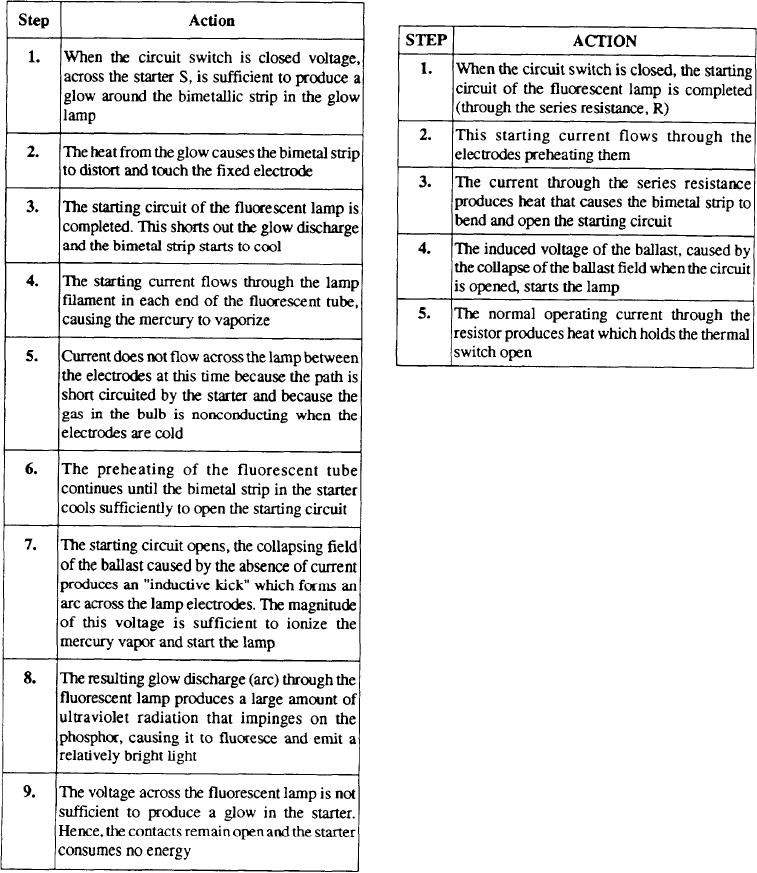
Table 4-7 describes the sequence of events in
A fluorescent lamp equipped with a thermal-switch
starter is illustrated in figure 4-8, view B (table 4-8). The
energizing a fluorescent lamp with a glow-switch starter
thermal-switch starter consists of two normally closed
(fig. 4-8, view A).
metallic contacts and a series resistance contained in a
cylindrical enclosure. One contact is fixed, and the
Table 4-7.--Energizing a Fluorescent Lamp with a
movable contact is mounted on a bimetal strip.
Glow-switch Starter
Table 4-8.--Energizing a Fluorescent Lamp with a
Thermal-switch Starter
The majority of thermal-switch starters use some
energy during normal operation of the lamp. However,
this switch ensures more positive starting by providing
an adequate preheating period and a higher induced
starting voltage.
The efficiency of the energy conversion of a
fluorescent lamp is very sensitive to changes in
temperature of the bulb; therefore, a fluorescent bulb in
a cold place will burn very dim and appear to be defective.
The efficiency decreases slowly as the temperature
is increased above normal, but also decreases very
rapidly as the temperature is decreased below normal.
Hence, the fluorescent lamp is not satisfactory for
locations in which it will be subjected to wide variations
in temperature.
Fluocrescent lamps should be operated at voltage within
10% of their rated voltage. If the lamps are operated
at lower voltages, uncertain starting may result, and if
operated at higher voltages, the ballast may overheat.
Operation of the lamps at either lower or higher voltages
results in decreased lamp life. The performance of
fluorescent lamps depends, to a great extent, on the
characteristics of the ballast, which determines the
power delivered to the lamp for a given line voltage.
4-10

